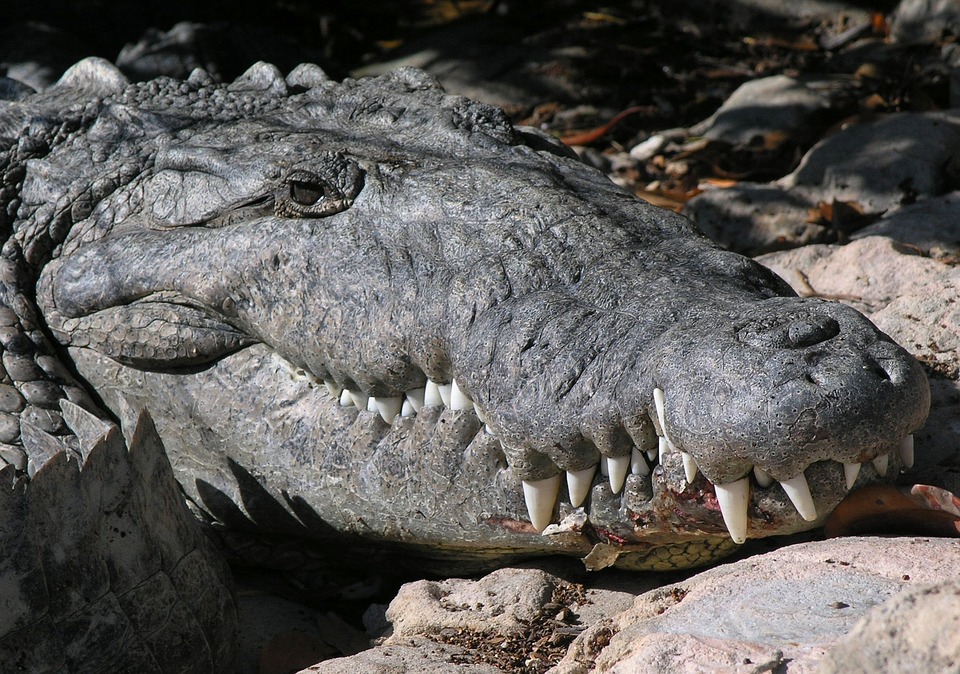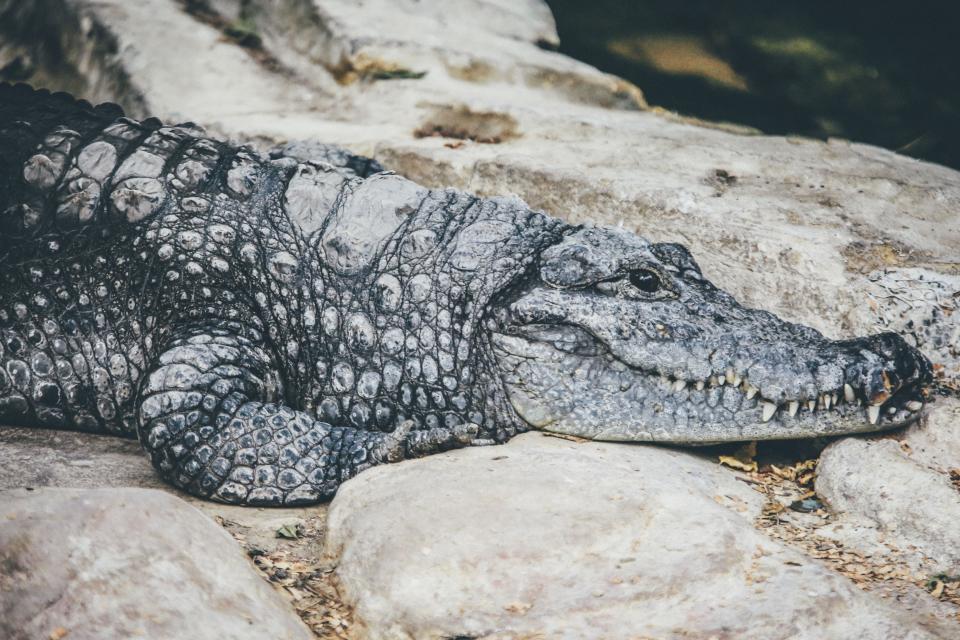This comprehensive guide will delve into the fascinating world of kitten teeth, providing detailed information about the process of losing baby teeth, the timeline of tooth development, and potential complications. We'll also offer practical advice on how to care for your kitten's teeth during this crucial stage, ensuring their dental health is well-maintained.
Part 1: Understanding Kitten Teeth

1.1 The Purpose of Baby Teeth
Kitten teeth, also known as deciduous teeth, serve a crucial purpose in their early development. They are essential for:
Nursing: Kittens use their sharp incisors to latch onto their mother's teats and effectively suckle milk. This process provides them with essential nutrients for growth and development.
Weaning: As kittens begin to wean, their teeth help them chew solid food, a vital step in transitioning to a diet that will support their growing bodies.
Development: Chewing on toys and objects helps kittens develop their jaw muscles, promoting proper jaw alignment and bite.
Play and Exploration: Playful biting and chewing are crucial for kittens' social development and exploration of their environment. This activity helps them learn boundaries and understand how to interact with others.
1.2 Types of Kitten Teeth
Kittens are born with 26 deciduous teeth, which fall into four distinct categories:
Incisors (I): These small, sharp teeth located in the front of the mouth are used for biting and tearing food. Kittens have 12 incisors: 6 on the upper jaw and 6 on the lower jaw.
Canines (C): These pointed, long teeth sit behind the incisors and are used for ripping and holding prey. Kittens have 4 canines: 2 on the upper jaw and 2 on the lower jaw.
Premolars (P): These teeth are located behind the canines and are used for chewing and grinding food. Kittens have 10 premolars: 5 on the upper jaw and 5 on the lower jaw.
Part 2: The Timeline of Tooth Development

2.1 Eruption of Baby Teeth
Kitten teeth erupt in a specific order, following a timeline that is typically consistent across most breeds:
- 2-3 weeks: Incisors emerge first, allowing kittens to begin the crucial task of suckling their mother's milk.
- 3-4 weeks: Canines emerge, providing kittens with the necessary tools to rip and hold prey, a vital skill for their future hunting instincts.
- 4-5 weeks: Premolars emerge, enabling kittens to chew and grind food, preparing them for the transition to solid foods.
2.2 The Process of Losing Baby Teeth
As kittens mature, their baby teeth begin to loosen and fall out. This process, known as exfoliation, usually begins around 3-4 months of age. The adult teeth, which are larger and stronger, push their way through the gums, gradually replacing the deciduous teeth.
2.3 Eruption of Adult Teeth
The eruption of adult teeth typically follows a similar sequence as the baby teeth:
- 4-5 months: Incisors are usually the first adult teeth to emerge, often coinciding with the loss of baby incisors.
- 5-6 months: Canines emerge, replacing the baby canines. These teeth are significantly larger and stronger, reflecting the kitten's growing ability to hunt and kill prey.
- 6-7 months: Premolars erupt, completing the transition to a full set of adult teeth. These teeth are designed for efficient chewing and grinding of food.
Part 3: Recognizing the Signs of Lost Baby Teeth
3.1 Drooling
As baby teeth begin to loosen, the gums can become sensitive and inflamed. This can lead to increased drooling in some kittens.
3.2 Chewing
Kittens may chew on objects more frequently to alleviate discomfort as their baby teeth loosen. This behavior is a natural response to the pressure and sensitivity of their gums.
3.3 Finding Teeth
You may find lost teeth around the house or in your kitten's food bowl. This is a normal part of the process, and there's no need to be alarmed.
3.4 Gummy Spots
As baby teeth fall out, you may notice empty spaces in your kitten's mouth where new teeth are developing. This is a clear indication that the adult teeth are emerging and taking their place.
3.5 Changes in Eating Habits
Your kitten may temporarily experience some changes in their eating habits during the tooth loss process. They might be hesitant to chew on hard foods due to gum sensitivity or may prefer softer options until the new teeth have fully erupted.
Part 4: Caring for Your Kitten's Teeth
4.1 Importance of Oral Hygiene
Just like humans, kittens need proper oral hygiene to prevent dental problems. Neglecting their oral care can lead to a range of issues, including:
Gum Disease: This is a common problem in cats, and it can cause pain, swelling, and even tooth loss.
Tooth Decay: Bacteria in the mouth can cause cavities and other dental problems.
Bad Breath: A foul odor in your kitten's breath can be a sign of dental disease.
4.2 Brushing Your Kitten's Teeth
Brushing your kitten's teeth is an essential part of their oral care routine. Start brushing as early as possible, preferably around the time they begin eating solid food.
Tools: Use a small, soft-bristled toothbrush specifically designed for kittens and a kitten-specific toothpaste. Human toothpaste contains ingredients that can be toxic to cats.
Technique: Gently lift your kitten's lips and brush their teeth in a circular motion. Focus on the gum line, where plaque and tartar build up.
Frequency: Aim to brush your kitten's teeth daily. Even brushing a few times a week can significantly improve their oral hygiene.
4.3 Dental Chews and Toys
Provide your kitten with dental chews or toys that help clean their teeth and freshen their breath. Look for chews that are specifically designed for kittens and are made with durable, safe materials.
4.4 Dental Treats
Offer dental treats that are formulated to promote healthy teeth and gums. These treats often contain ingredients like enzymes or abrasive particles that help remove plaque and tartar.
Part 5: Potential Complications
5.1 Retained Baby Teeth
Occasionally, a baby tooth may fail to fall out and can become lodged in the gum next to the adult tooth. This is called a retained baby tooth and can lead to several problems:
Misaligned adult teeth: The retained baby tooth can prevent the adult tooth from erupting properly, leading to overcrowding and crooked teeth.
Gum irritation: The retained tooth can irritate the gums and cause pain or infection.
Tooth decay: Bacteria can accumulate around the retained tooth, leading to tooth decay.
5.2 Overgrown Teeth
In some cases, kittens may develop overgrown teeth, which can occur due to genetics or improper dental care. Overgrown teeth can cause:
Pain: Overgrown teeth can rub against the gums, causing discomfort and pain.
Difficulty eating: Overgrown teeth can make it difficult for kittens to chew and eat properly.
Infection: Overgrown teeth can trap food particles, increasing the risk of infection.
Part 6: Recognizing Dental Problems
It's important to be aware of any signs that your kitten may be experiencing dental problems:
- Bad breath: Persistent bad breath can be a sign of dental disease.
- Drooling: Excessive drooling can indicate gum inflammation or tooth pain.
- Difficulty eating: If your kitten seems hesitant to eat or struggles to chew, they may be experiencing dental problems.
- Bleeding from the mouth: This is a serious symptom that should be addressed by a veterinarian immediately.
- Swollen gums: Swollen or red gums can be a sign of gum disease.
- Loose teeth: Loose teeth that are not part of the normal shedding process should be examined by a veterinarian.
Part 7: Vet Check-Ups
Regular veterinary check-ups are crucial for maintaining your kitten's dental health. Your vet can:
- Examine your kitten's teeth: Check for any signs of infection, inflammation, or dental disease.
- Clean your kitten's teeth: If necessary, your vet can perform a professional dental cleaning under anesthesia.
- Provide advice: Your vet can give you personalized advice on how to care for your kitten's teeth and prevent dental problems.
Part 8: FAQs
8.1 How long does it take for a kitten to lose its baby teeth?
The process of losing baby teeth typically begins around 3-4 months of age and can continue until the kitten is 6-8 months old. However, this can vary depending on the breed and individual kitten.
8.2 Should I be concerned if my kitten swallows a lost tooth?
It's perfectly normal for kittens to swallow their lost teeth. They are small and will be digested easily.
8.3 How often should I brush my kitten's teeth?
Ideally, you should brush your kitten's teeth daily. However, even brushing a few times a week can significantly improve their oral hygiene.
8.4 What are the signs of a dental problem in a kitten?
Signs of dental problems in a kitten include bad breath, drooling, difficulty eating, bleeding from the mouth, swollen gums, and loose teeth. If you notice any of these symptoms, it's essential to take your kitten to the vet immediately.
8.5 What can I do to prevent dental problems in my kitten?
You can prevent dental problems in your kitten by brushing their teeth regularly, providing dental chews and toys, offering dental treats, and scheduling regular vet check-ups.
8.6 Should I pull out a retained baby tooth myself?
No! Never attempt to pull out a retained baby tooth yourself. This can be dangerous and could damage the adult tooth. It's crucial to consult your veterinarian for safe and effective removal.
8.7 What can I do if my kitten has overgrown teeth?
If you suspect your kitten has overgrown teeth, it's essential to schedule an appointment with your veterinarian. They can assess the situation and recommend the appropriate course of action, which may involve dental trimming or extraction.
Everyone is watching
-

Are Cat Ribs Flexible? Understanding Their Anatomy
CATS & KITTENSThis article delves into the fascinating world of feline anatomy, exploring the flexibility of cat ribs and ho...
-

Can Cats Eat Bananas? (Everything You Need to Know)
CATS & KITTENSThis article dives into the intriguing question of whether cats can safely enjoy the sweet, yellow fruit, bana...
-

Cat Lifespan: How Long Do Cats Live?
CATS & KITTENSThis comprehensive guide explores the factors influencing the lifespan of our feline companions, providing ins...
-

Can Cats Get COVID-19? What You Need to Know
CATS & KITTENSThis article will delve into the fascinating world of feline COVID-19 susceptibility. We'll explore whether ca...
-

Can Cats Eat Eggs? A Complete Guide to Egg Safety for Your Feline Friend
CATS & KITTENSWhen it comes to treating our furry companions, we all want to ensure we're doing what's best for them. Eggs...
